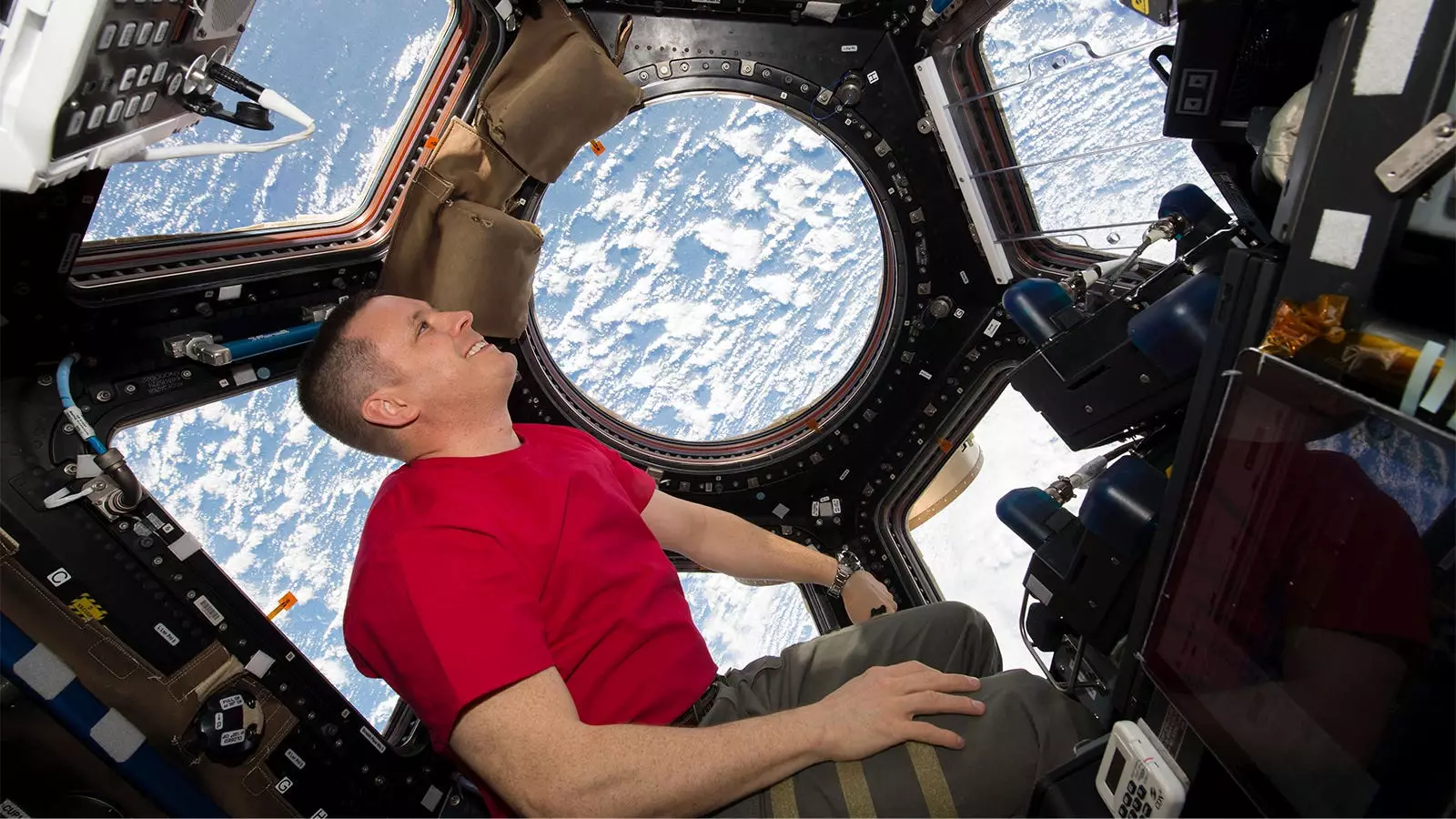Space travel has long been a subject of fascination and exploration. However, recent studies have shed light on a surprising side effect of long-haul space flights – headaches. A prospective study conducted on 24 healthy astronauts revealed that a staggering 91.7% of them experienced one or more headaches during a total of 3,596 space days. These findings, reported by Willebrordus P. J. van Oosterhout, MD, PhD, and his team at Leiden University Medical Center, bring into question the impact of space flight on the human body.
The study found that the majority (89.9%) of the headaches experienced by astronauts were tension-type headaches, while 10.1% were classified as migraines. Interestingly, episodes of headaches in the first week of space travel tended to have a migraine phenotype, while those occurring in later periods were more likely to be tension-type. This shift in headache presentation raises questions about the underlying mechanisms at play in space-induced headaches.
One hypothesis put forward by van Oosterhout suggests that the body’s adaptation to the lack of gravity in space may trigger headaches. The initial phase of space travel, characterized by the space adaptation syndrome, is akin to motion sickness and can lead to symptoms such as nausea, vomiting, dizziness, and headaches. Moreover, the later headaches experienced by astronauts may be linked to an increase in intracranial pressure due to fluid shifts in the body. The accumulation of fluid in the upper part of the body and head, caused by microgravity, could result in heightened pressure in the skull.
Previous research has indicated various brain changes associated with long space flights, including alterations in the eye and brain structure. The expansion of combined brain and cerebrospinal fluid volumes has been documented during extended space missions. The study involving 24 astronauts from different space agencies highlighted the need for further investigation into the physiological effects of space flight on the human brain.
The astronauts participating in the study were tasked with reporting their headache episodes through daily and weekly questionnaires during the space flight. A total of 378 headache episodes were documented, with a median individual headache frequency of nine. Interestingly, headache occurrence was not linked to environmental factors such as temperature, ambient pressure, or oxygen and carbon dioxide levels. Moreover, the severity and treatment of headaches were consistent among astronauts, with a majority resorting to acute anti-headache medication.
As the research continues to uncover the mysteries surrounding space-induced headaches, van Oosterhout emphasized the importance of further investigations to understand the underlying causes of this phenomenon. The potential insights gained from studying space headaches may not only benefit astronauts but also provide valuable information on headaches experienced on Earth. The quest to unravel the complexities of space flight’s impact on human health remains a critical area of study for future missions.
The prevalence of headaches among astronauts during long-haul space flights underscores the need for a deeper understanding of the physiological changes induced by space travel. By exploring the mechanisms and triggers of space-induced headaches, researchers can pave the way for safer and healthier space missions in the future.


Leave a Reply